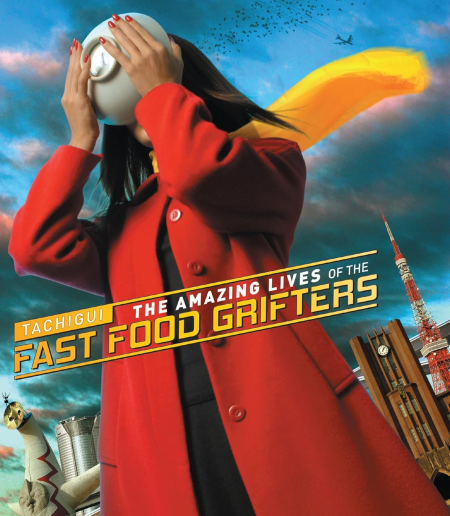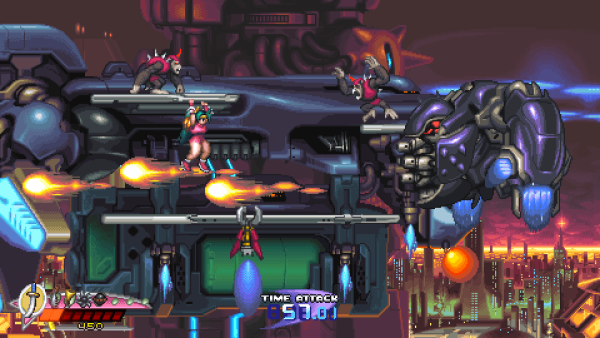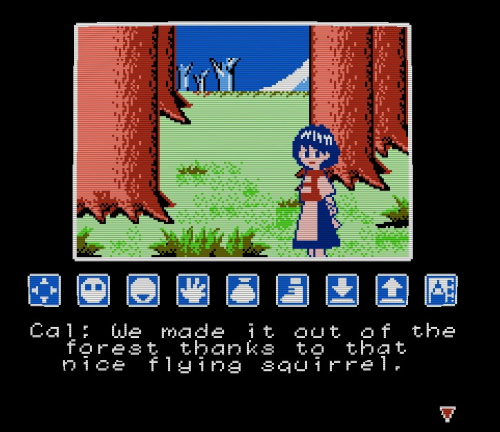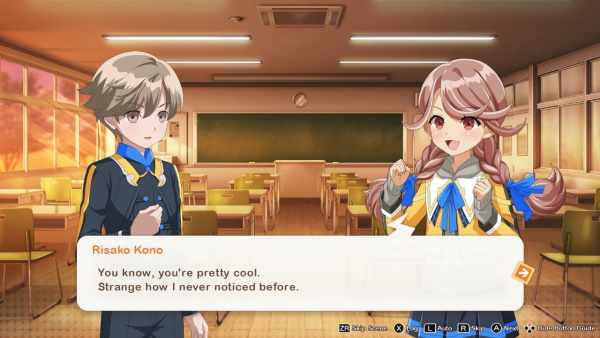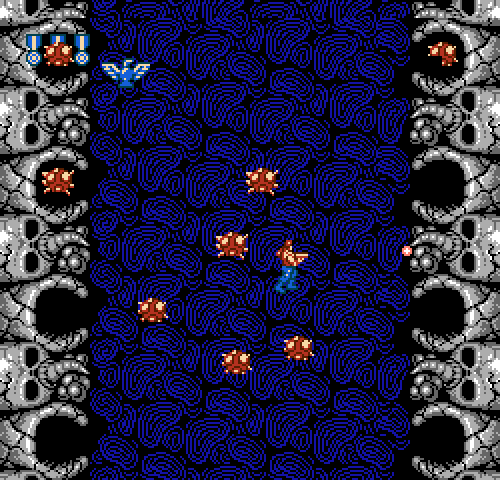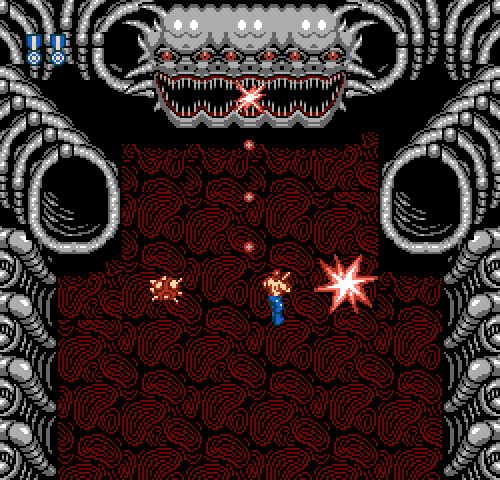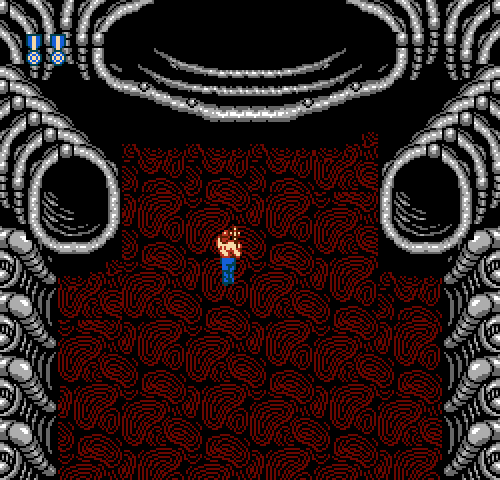
You and your friends were really into Gundam Wing midway through high school and when they picked out their crushes from the show you went with Trowa even though Duo was your favorite because one of your friends had a scarily intense infatuation with Duo and you didn’t want to get in her way, and then in senior year that friend gave you this Gundam Wing DVD as a joke present for your birthday even though you’d all long since stopped caring about the show and she’d moved on from a crush on Duo to a crush on Kyo from Fruits Basket to a crush on a guy from the next town over who said he was eighteen and had just graduated so you and your friend sat down and watched the DVD and laughed about how much this show had once mattered to you and she teased you when Trowa was on the screen and you thought about telling her that Duo was your favorite anyway and you also thought about telling her that the guy she liked looked at least twenty-one and not exactly on the level to you but then you decided not to say anything even though you really should have.

This one guy you knew your last year of college found out you liked anime because you made some remark about watching Gundam Wing and G Gundam and he was aghast that you’d only ever seen those and insisted that you should watch the good gundams, as he put it, and you mentioned you’d seen the first few episodes of The 08th MS Team so then for Christmas that year he gave you the second 08th MS Team DVD and you watched it and it was okay albeit sorta cliché but the real problem was that he’d given you a gift even though he barely knew you so you had to find a last-minute reciprocal Christmas gift for him over the break but you didn’t want it to be anything remotely romantic because this guy wasn’t your type at all and you were worried that he’d ask you out and get awkwardly rejected so you got him a Best Buy gift card even though you hate how impersonal gift cards are and you also gave him your honest opinion of the Gundam DVD and he said that some other series are even better and he gave you a bunch of mecha show fansubs burned to a stack of CDs five inches high and you ended up watching some of the movies and shorter series one week while you were stuck housesitting for your aunt and War in the Pocket was pretty good and Do You Remember Love was fun and some of the others were all right but not mind-blowing and a few were flagrantly sexist so you actually formulated some trenchant criticisms to share with this guy but before you could he dropped out of school to teach English in Japan and you and one of your friends later got into a debate over whether this guy was creepy or just awkward and you favored awkward because he was never creepy with you, just nerdy and a little snobbish, and even though your friend maintained that he was creepy she couldn’t give any examples or explanations because she said that sometimes people just make you feel that way, and you agreed with her on that at least.

You and your roommates liked watching G Gundam together for one freshman semester in college when you’d all get high and yell the Shining Finger speech and you’d all never get together for a show like that again because by the end of the year you had a part-time internship that sorta sucked and didn’t pay but you thought it was good exposure and one roommate started working a late shift so you never saw her and the other roommate moved out to get a place with her boyfriend and the next roommate after her hated everything you liked right down to your breakfast cereal so for the next year of college you lived in your grandmother’s spare room and commuted to save money because at least your grandma didn’t complain about every album you owned or lecture you about the additives in Cheerios every morning and then eight years later you were at an FYE store that was clearancing a lot of DVDs at three for fifteen bucks so you picked up My Best Friend’s Wedding for your mom because she loved the movie but refused to buy it just like she refuses to buy herself anything inessential for human survival and you also got Happy Feet because the last time you babysat your niece she loved Happy Feet and wanted to watch it more than anything but the DVD wasn’t in the case or the player and you spent almost an hour looking for it while she was on the verge of a full-bore tantrum and you debated calling your sister’s cell but decided not to because this was her first real date since the divorce and you didn’t want to bother her and your niece just ended up watching Corpse Bride even though it was a little dark for a four-year-old but she fell asleep on the couch anyway and when your sister got home she spent twenty minutes complaining about her date before you could ask about the damn Happy Feet DVD and it turned out your sister didn’t know where it was either and that’s why you decided right there in FYE that you were not going through that again but then you needed one more DVD because they would otherwise be seven bucks each so you found volume five of G Gundam and that was good enough and you watched it and had a laugh about the guy named Schwartz Bruder who was secretly the hero’s brother but it wasn’t the same without your old roommates and you thought about selling the DVD but then you decided to keep it because people, normal people, usually have dozens of DVDs but you have just a fullscreen Matrix Reloaded that one of your exes didn’t want, Happy Feet, three random Gundam DVDs, and the suspicion that you’re turning into your mother.
























